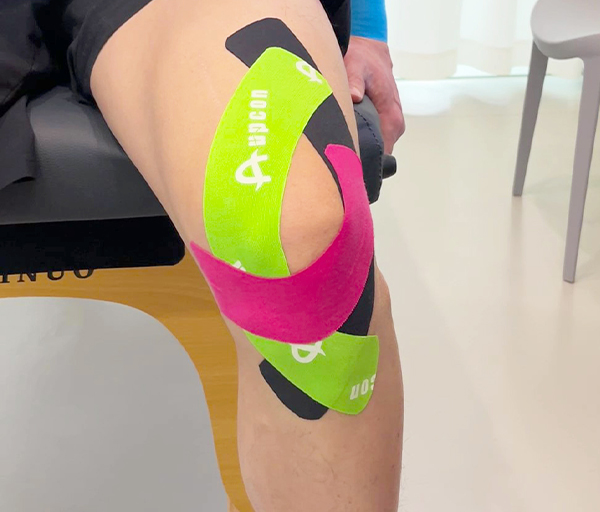Kinesiology tape for elbow pain is a topic that many people suffer from. It can serve as a natural pain relief solution for those suffering from chronic pain. In our article, we’ll explore how kinesiology tape for elbow pain can be used to reduce pain and the various ways in which you can use it.
What is Kinesiology Tape?
Kinesiology tape is a type of elastic adhesive tape that is often used in sport and physical therapy. It is said to improve performance and reduce pain by providing support and stability to muscles, joints, and tendons. Kinesiology tape can be applied in a variety of ways and is often used to treat elbow pain.
When applied properly, kinesiology tape can help to relieve pain, promote healing, and improve joint function. It can also help to prevent further injury by providing support and stability to the elbow joint. If you are considering using kinesiology tape for elbow pain, it is important to consult with a healthcare professional before starting any treatment.
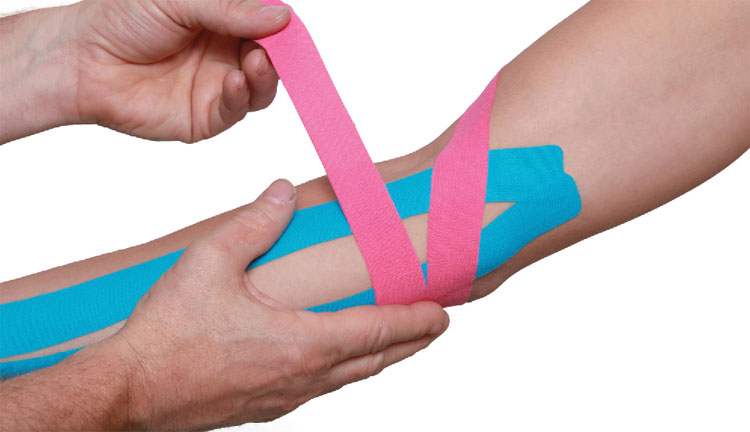

How can I use kinesiology tape for elbow pain?
If you are experiencing elbow pain, kinesiology tape may be a helpful treatment option. Kinesiology tape is a type of elastic tape that can be used to provide support and relief from pain. When applied to the skin, kinesiology tape creates a lifting effect that helps to reduce pressure on the muscles and joints. This can help to relieve pain and promote healing.
To use kinesiology tape for elbow pain, start by cutting a strip of tape that is long enough to wrap around your elbow. Apply the strip of tape around your elbow, starting at the bottom of your arm and working your way up. Be sure to press the tape down firmly so that it sticks. You can leave the kinesiology tape on for up to five days before needing to replace it.
-
 Diabetes sensor patch$17.99
Diabetes sensor patch$17.99 -
 kinesiology cross tape$17.99
kinesiology cross tape$17.99 -
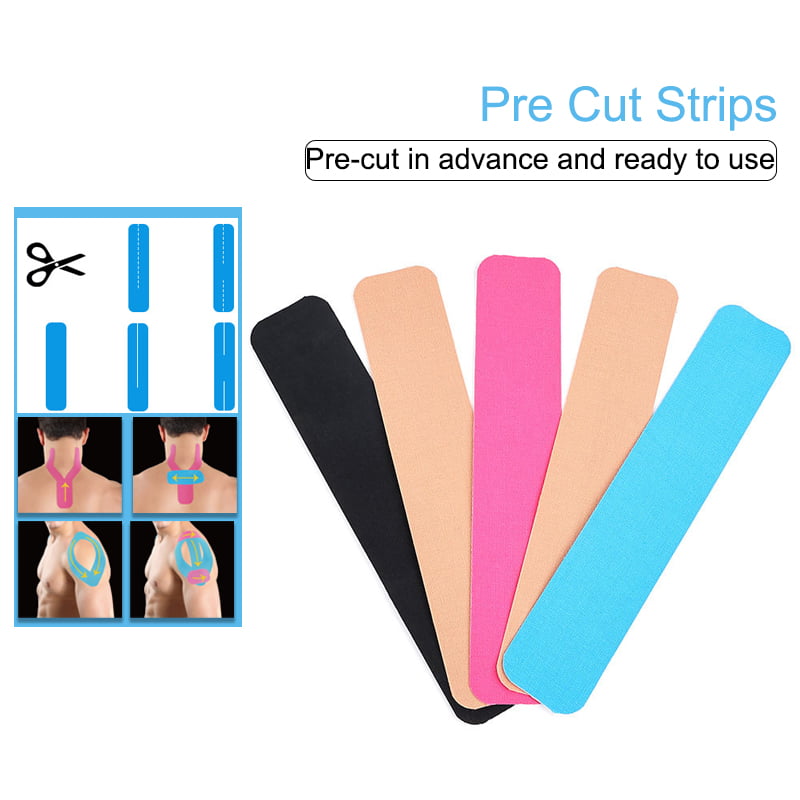 pre cut strips$10.99Rated 5.00 out of 5 based on 2 customer ratings
pre cut strips$10.99Rated 5.00 out of 5 based on 2 customer ratings -
 turf tape football$14.99Rated 5.00 out of 5 based on 1 customer rating
turf tape football$14.99Rated 5.00 out of 5 based on 1 customer rating -
 Skiing face tape$9.99 – $10.99
Skiing face tape$9.99 – $10.99 -
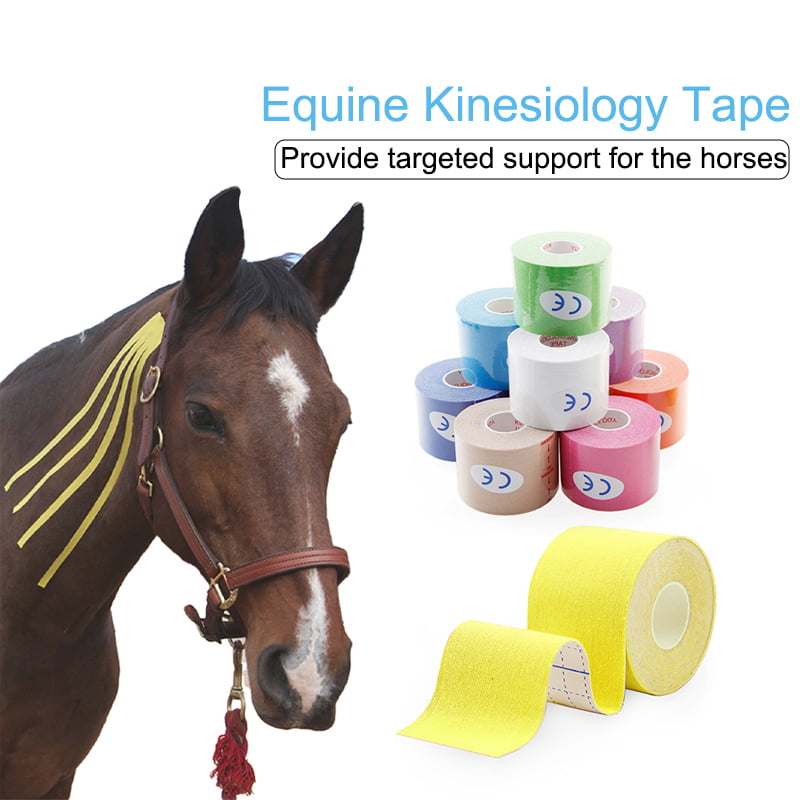 equine Kinesiology Tape$9.99
equine Kinesiology Tape$9.99 -
 Camo kinesiology tape$9.99Rated 4.75 out of 5 based on 2 customer ratings
Camo kinesiology tape$9.99Rated 4.75 out of 5 based on 2 customer ratings -
 tape scissors$8.99
tape scissors$8.99 -
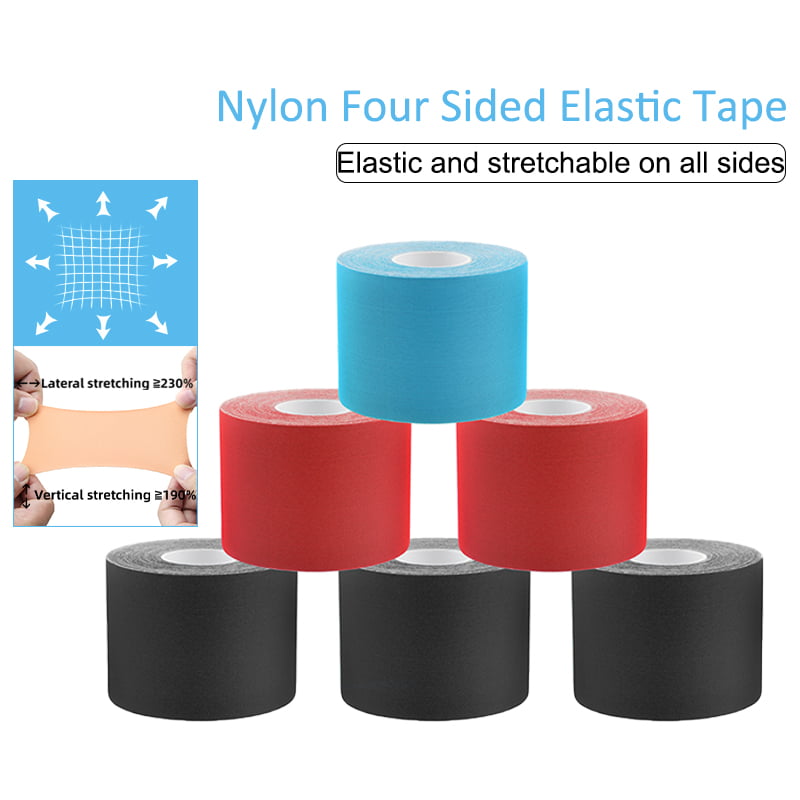 Nylon elastic tape$11.99
Nylon elastic tape$11.99
How often should I wear kinesiology tape for elbow pain?
If you are experiencing elbow pain, kinesiology tape can be a helpful tool in managing your symptoms. But how often should you wear kinesiology tape for elbow pain?
There is no one-size-fits-all answer to this question, as the frequency of kinesiology taping will depend on the individual’s level of activity and pain. However, as a general guideline, it is typically recommended to tape the affected area every 3-5 days.
If you find that taping more frequently provides relief from your symptoms, then there is no harm in doing so. However, if you find that taping does not provide any relief or that your symptoms worsen with frequent taping, then it is best to discontinue use and consult with a healthcare professional.
Warnings and Side Effects to Kinesiology Tape
Kinesiology tape is a popular treatment for elbow pain, but there are some potential risks and side effects associated with its use. If you’re considering using kinesiology tape elbow pain, be sure to talk to your doctor first and be aware of the following potential dangers:
- Allergic Reactions: Some people may be allergic to the adhesive used on kinesiology tape, which can cause redness, swelling, and itchiness at the site of application. If you develop any sort of allergic reaction after applying kinesiology tape, remove it immediately and wash the area with soap and water.
- Skin Irritation: The adhesive used on kinesiology tape can also cause skin irritation in some people. This is usually mild and goes away quickly, but if the irritation is severe or persistent, you should stop using the tape and consult your doctor.
- Muscular Imbalances: Kinesiology taping can create muscular imbalances if not applied correctly. For example, if you place too much tape on one muscle group and not enough on another, you could end up exacerbating existing imbalances or creating new ones. This is why it’s important to have a trained professional apply kinesiology tape if possible, or at least make sure you know how to apply it correctly before attempting it yourself.
- Joint Instability: In rare cases, kinesiology tape for elbow pain can cause joint instability. This usually happens when the tape is applied over a joint that’s already unstable, such as a dislocated shoulder or a sprained ankle. If you experience joint pain or instability after applying kinesiology tape, remove it immediately and consult your doctor.
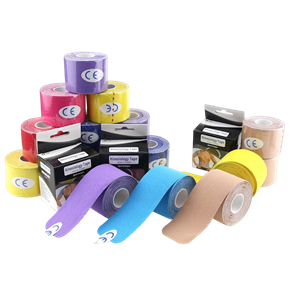

Conclusion
If you’re looking for a new way to treat your elbow pain, kinesiology tape may be worth a try. Kinesiology tape for elbow paincan provide support and stability to the elbow joint, helping to reduce pain and inflammation. Additionally, kinesiology tape is easy to apply and relatively inexpensive, making it a great option for those on a budget. Give kinesiology tape a try today and see if it can help you find relief from your elbow pain.
FAQ
Does KT Tape help with elbow pain?
KT Tape can helps support treatment for tennis elbow by increasing circulation to a relatively nonvascular area. Kinesiology Tape also decreases pressure and creates fascial manipulations to immediately reduce pain.


